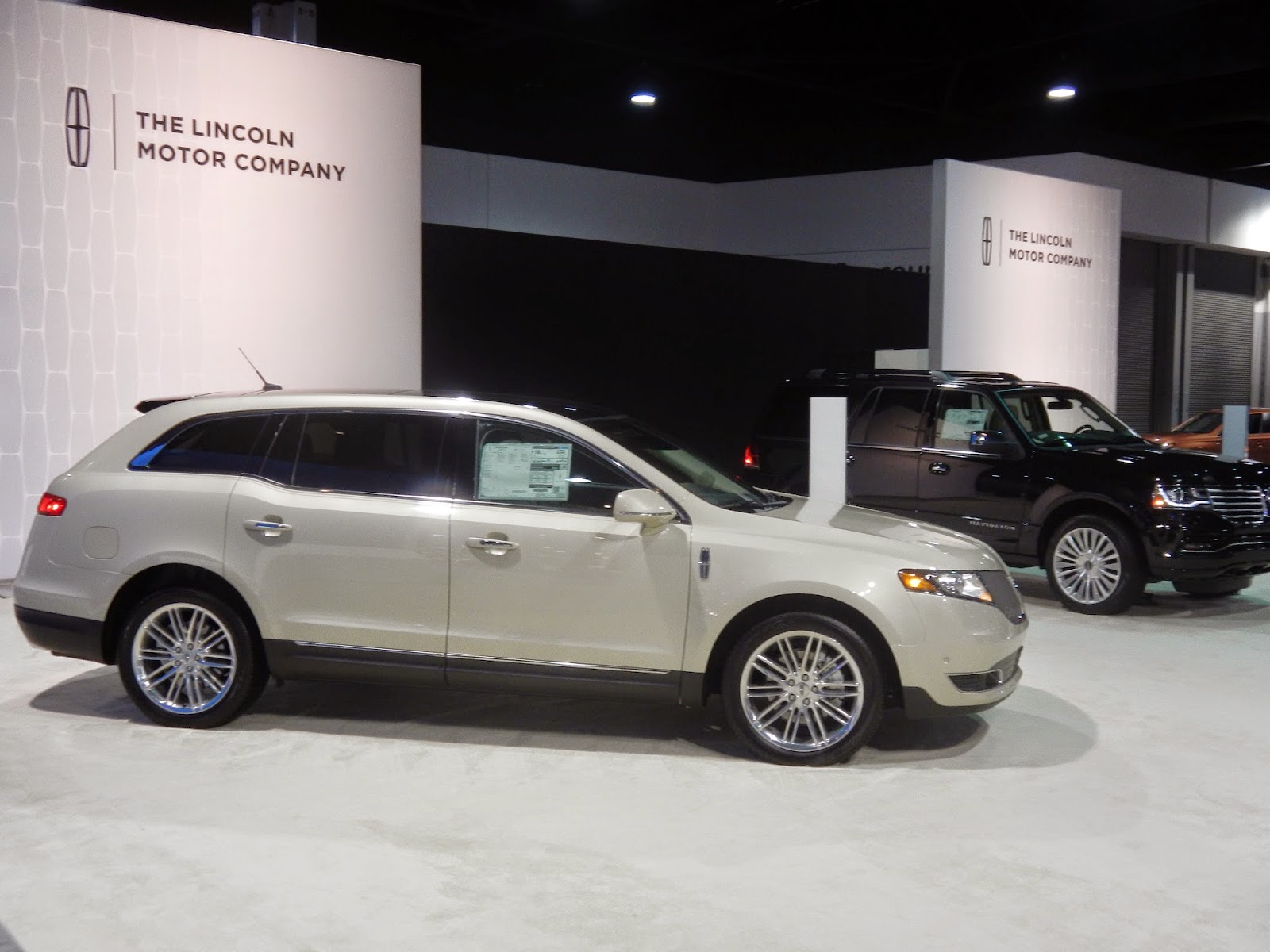Trevor Noah and Offensive Comedy: Confirming or Undercutting Stereotypes
Like many people, I spent some time watching great video clips of Trevor Noah's standup routines (compiled here by Vox) and laughing. I certainly enjoyed his first appearance on the Daily Show, which I happened to catch live (I don't watch the show routinely, but like many people consume clips via the internet the next day).
Today, I became aware of the controversy around a series of anti-semitic, fat-shaming, misogynistic tweets. They are pretty bad - standard stuff for many comics, perhaps, but the position of Daily Show host (thanks to John Stewart) has become something of a higher stature and visibility than the usual comic position.
Here's what's going to happen. People are going to express outrage (ongoing). Then defenders are going to defend Noah as edgy, as pushing the envelope, and blame critics as "censoring" or trying to decide what is or isn't funny. I recommend, should you dabble in these discussions, thinking about comedy in terms of reinforcing or undercutting prejudice.
Last summer, I wrote a CNN piece about jokes involving Down syndrome and intellectual disability, then had a phone call with Wyatt Cenac about comedy. He suggested that instead of thinking about punching up vs punching down (my language), which of course involved subjective assessment of power dynamics, or "offensive speech," which likewise is subjective, that there's better framing. I wrote:
Noah's stand-up clips are mostly the latter. He talks about race, identity, perceptions of Africa, and so forth in ways that undercut stereotypes.
These tweets do the former. And that's the problem. The Daily Show host succeeds by mocking power, mocking prejudice, mocking convention. These are conventional jokes that reinforce the dominant, rather than attack it.
And undercutting stereotypes makes for good comedy! It's the surprise when you think something is going in a bigoted way, then suddenly switches directions, that gets the laugh.
UPDATE: Noah has tweeted a "statement" of sorts.
Today, I became aware of the controversy around a series of anti-semitic, fat-shaming, misogynistic tweets. They are pretty bad - standard stuff for many comics, perhaps, but the position of Daily Show host (thanks to John Stewart) has become something of a higher stature and visibility than the usual comic position.
Here's what's going to happen. People are going to express outrage (ongoing). Then defenders are going to defend Noah as edgy, as pushing the envelope, and blame critics as "censoring" or trying to decide what is or isn't funny. I recommend, should you dabble in these discussions, thinking about comedy in terms of reinforcing or undercutting prejudice.
Last summer, I wrote a CNN piece about jokes involving Down syndrome and intellectual disability, then had a phone call with Wyatt Cenac about comedy. He suggested that instead of thinking about punching up vs punching down (my language), which of course involved subjective assessment of power dynamics, or "offensive speech," which likewise is subjective, that there's better framing. I wrote:
In our conversation, Cenac acknowledged that for someone like me, inside the Down syndrome community, the piece could easily have come off as offensive. Most comedy risks being offensive, but his goal is never to do it "at the expense" of marginalized people or "in a way that promotes continued insensitive behavior." He talked about his experiences, as a kid, hearing people make a joke at the expense of a group of people, and thinking, "what would they be saying if I wasn't in the room?" He doesn't want to make those kinds of jokes and it definitely wasn't his goal here.What I took from this is that comedy can promote and perpetuate stereotypes and prejudice or it can fight against them.
Noah's stand-up clips are mostly the latter. He talks about race, identity, perceptions of Africa, and so forth in ways that undercut stereotypes.
These tweets do the former. And that's the problem. The Daily Show host succeeds by mocking power, mocking prejudice, mocking convention. These are conventional jokes that reinforce the dominant, rather than attack it.
And undercutting stereotypes makes for good comedy! It's the surprise when you think something is going in a bigoted way, then suddenly switches directions, that gets the laugh.
UPDATE: Noah has tweeted a "statement" of sorts.
To reduce my views to a handful of jokes that didn’t land is not a true reflection of my character, nor my evolution as a comedian."Jokes that didn't land" implies that the problem of making fun of fat women and Jews is that not enough people laughed. That's not the problem.
— Trevor Noah (@Trevornoah) March 31, 2015





























